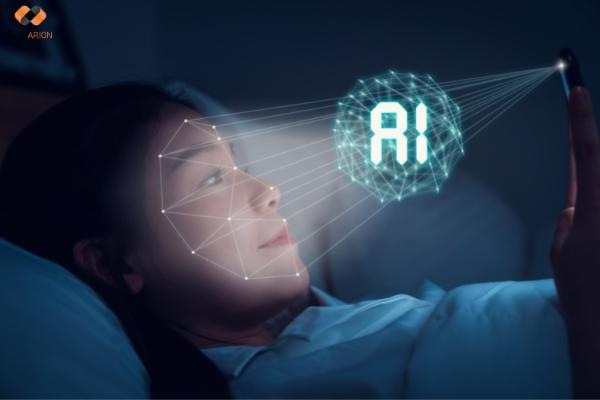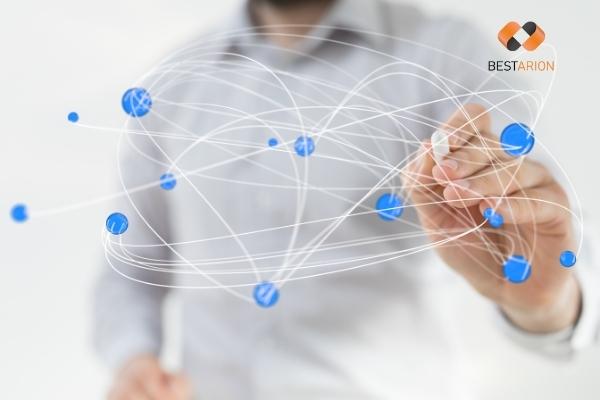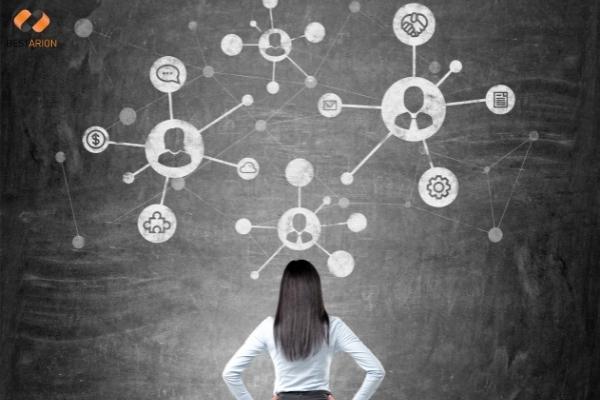What is Artificial Neural Networks (ANN)?

A hardware or software system in information technology (IT) that mimics the activity of neurons in the human brain is referred to as an “artificial neural network” (ANN).

ANNs (also known as neural networks) are a subset of AI. They are a form of deep learning technology (artificial intelligence).
These technologies are used in the commercial world to solve complex signal processing or pattern recognition problems. Handwriting recognition for check processing, speech-to-text transcription, data analysis for oil exploration, weather prediction, and facial recognition are just a few of the commercial applications that have evolved since 2000.
Artificial neural networks have been around since the beginning of computing. Simple algorithms were implemented by a circuitry system fashioned after the human brain, built by mathematicians Warren McCulloch and Walter Pitts in 1943.
It wasn’t until around 2010 that research resumed. Because of the big data movement and parallel computing, data scientists now have the training data and computer resources they need to operate the enormous artificial neural networks. A neural network outperformed humans in picture identification in the ImageNet competition in 2012. Artificial neural networks have sparked a lot of interest since then, and the technology is constantly improving.
What is (ANN) and how do they work?
When creating an ANN, you’ll frequently need a large number of processors that function in parallel and are organized into layers. Like the optic nerves in human vision, the first tier receives the raw input data. Each following layer receives output from the tier preceding it rather than raw input, similar to how neurons further away from the optic nerve receive signals from those closer. The system’s last tier generates the system’s final output.

As a result, each node in the processing chain can only know a sliver of information about the overall system, as well as any rules it has devised independently. Every node in the system is connected to a large number of other nodes in the system’s inputs and outputs, implying that each node will have a large number of connections to other nodes across the system’s tiers. The response it creates can be read from one or more nodes in the output layer.
Artificial neural networks can learn from their initial training and future runs as a result of their adaptability, giving them a wealth of new information about the world. There are a variety of methods for weighing input streams, but one of the most basic is to assign a numerical number to each stream’s significance. A higher weighting is provided to inputs that lead to correct responses.
Neural networks and the mechanisms that allow them to learn
At the start of an ANN’s training phase, it is usually given a large amount of data. When someone is being trained, they enter data into the network and then tell it what they want to happen. If you want to build a network that can recognize actors based on their faces, for example, you may start with a set of photos that includes actors, non-actors, masks, sculptures, and animals with human faces. Each entry includes the identities of the actors as well as information such as “not actor” or “not human.” By answering the questions, the model can improve its job performance by altering its internal weightings.
By creating rules and making decisions — that is, the decision of each node on what to transmit there — neural networks make decisions based on inputs from previous levels. Some examples include fuzzy logic, evolutionary algorithms, and gradient-based training. Simple rules can be used to explain object relationships in the data being modeled to them.

Using a facial recognition system as an example, “Eyebrows are positioned above the eyes,” while “Moustaches are located beneath the nose,” to put it another way. It’s above or near to your mouth if you have a mustache.” Preloading rules can help to accelerate training and improve the model’s performance. As a result, assumptions about the nature of the problem may be introduced that turn out to be irrelevant and ineffective, making the decision to incorporate rules all the more important.
Furthermore, due to the assumptions, individuals make when creating algorithms, cultural biases are reinforced by neural networks. Biased data sets are a persistent challenge in training systems that recognize patterns in data and develop solutions on their own. The algorithm will spread its inherent bias unless the input data feeding it is fully unbiased. Machine learning systems like neural networks, for example, have the potential to increase bias.
Types of neural networks
The model’s so-called hidden layers, or the number of layers between input and output, is a typical way to define neural networks. As a result, the terms neural networks and deep learning are frequently interchanged. Other methods to define them are the number of hidden nodes in the model or the number of inputs and outputs each node has. When adopting modifications of the standard neural network design, a range of forwarding and backward propagation strategies are feasible.
ANN occur in a variety of shapes and sizes, including:
A feed-forward network is one of the most basic types of neural networks. They only send data in one direction, from the input to the output nodes. The network may or may not have hidden node levels, which helps to explain how it operates. It can withstand a lot of noise, which is a benefit. This form of ANN computational model is used in both facial recognition and computer vision.
The addition of recurrent neural networks adds to the complexity. Other processing nodes’ output is preserved and reused by these nodes. This is how a model “learns” to anticipate a layer’s outcome. The nodes of the RNN model act as memory cells, allowing computation and implementation to continue. This neural network, like a feed-forward network, starts with front propagation and continues to recall all processed data so that it can be utilized in the future. Even if the network’s forecast is incorrect, the system will improve by producing backpropagation predictions until the correct one is discovered. ANNs of this sort are commonly used in text-to-speech conversions.
Convolutional neural networks are one of the most widely utilized models nowadays. These convolutional layers can be combined into a single layer or combined to form a more complicated neural network. Feature maps are created as a result of these convolutional layers, which capture a segment of the image that is then separated into rectangles and sent out for nonlinear processing. It has been widely used in AI applications that need photo recognition, such as facial recognition, text digitization, and natural language processing. Other uses include identification, signal processing, and image categorization, to name a few.
For deconvolutional neural networks, reversed CNN models are utilized. Essentially, they’re seeking characteristics or signals that the CNN system previously deemed inconsequential. This network model can be used to synthesize and analyze images.
In a modular neural network, multiple neural networks can work separately. During the computation, no communication or interference between the networks is permitted. As a result, computational tasks can be finished more quickly, regardless of how complex or large they are.
ANN has a number of advantages.
Artificial neural networks have a lot of benefits:
- Because of the network’s parallel processing capabilities, it can handle numerous jobs at the same time.
- Information is saved not just in a database, but across the entire network.
- Modeling of real-life input-output linkages is aided by the ability to learn and represent nonlinear, complicated interactions.
- It will not prevent the output from being created if an ANN cell is corrupted.
- Rather than a problem that kills the network immediately, the network will gradually decline over time owing to gradual corruption.
- When knowledge is lacking, the ability to produce is harmed, and the loss of performance is proportional to the importance of the missing data.
- There are no restrictions on the input variables in any way, including how they should be distributed.
- Machine learning refers to an ANN’s ability to recognize patterns in data and make decisions based on that information.
- Because it can learn hidden relationships in the data without commanding any fixed relationship, an ANN can better model extremely variable data and non-constant variance.
- ANNs can predict the outcomes of unknown experiments because they can generalize and infer unknown associations from unknown data.
- Inconsistencies in the application of artificial neural networks
The following are some of the disadvantages of ANNs:
Because there are no criteria for determining optimal network topology, an artificial neural network’s design can only be discovered by trial and error and experience.
Because neural networks require processors with parallel processing capability, they are hardware-dependent.
All problems must be transformed to numerical values before being delivered to the ANN because the network relies on numerical input.
The lack of explanation for the probing solutions is one of the key shortcomings of ANNs. People will lose faith in you if you can’t explain why or how a solution works.

ANNs in action
Image recognition was the first successful application of neural networks, but the concept has since been employed in a variety of other industries, including:
- Chatbots
- Language production, translation, and natural language processing
- Stock market forecast
- Route planning and optimization for delivery drivers
- Drug development and discovery
Neural networks are being employed in a variety of fields right now. Any process that follows strict rules or patterns and creates a large amount of data qualifies as a good candidate for big data. When the amount of data is too large for a human to process in a reasonable amount of time, artificial neural networks are a good solution.
